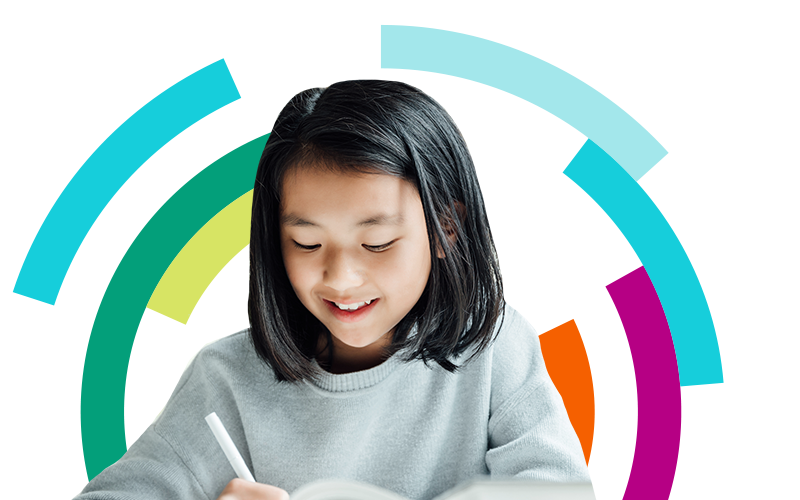What is specific learning disorder?
Specific learning disorder is a condition that causes children to have difficulty with reading, writing and/or math. If they have trouble with reading, the disorder is called dyslexia. If they have trouble with math, it’s called dyscalculia. It’s not that kids with specific learning disorder aren’t smart. Students with learning disorders often face difficulties in acquiring academic skills due to neurological differences that affect how their brains process information.
Children with specific learning disorder may have trouble spelling, understanding what they read, writing out their thoughts, or doing math problems. When a child is diagnosed with specific learning disorder, the diagnosis will list the areas that the child struggles with.
What are the symptoms of specific learning disorder?
Learning disorders are often noticed for the first time when a child is in preschool or elementary school. Early signs vary depending on the specific academic area that the child struggles with.
Signs of dyslexia can include:
- Difficulties with phonological awareness (rhyming, matching sounds with letters, putting sounds in the right order)
- Delayed speech development or language-based challenges
- Trouble remembering words, and/or word retrieval issues
- Trouble decoding or sounding out words they don’t know
- Leaving out smaller words (and, but, the)
- Poor spelling
Signs of dyscalculia include:
- Trouble doing math problems
- Difficulty learning to count
- Difficulty recognizing and identifying numbers
- Difficulty understanding certain concepts (bigger, smaller, more, less)
- Difficulty understanding the logic behind math problems
- Confusing basic symbols such as “+” and “-”
- Taking longer to learn basic math facts
- Trouble with various operations (addition, subtraction, multiplication, division)
How is specific learning disorder diagnosed?
There are a few different ways to diagnose a specific learning disorder. One option is an educational evaluation, which looks at the child’s academic skills. Another option is a neuropsychological evaluation, which looks more broadly at how the child thinks, learns and communicates.
According to the Individuals with Disabilities Education Act (IDEA), schools must provide a student with an evaluation if they suspect they have a learning disorder. Parents can also get the child private testing outside the school.
How is specific learning disorder treated?
Specific learning disorders are neurodevelopmental disorders, so they are thought to be lifelong in nature, however, there are many ways for kids with specific learning disorders to improve their skills. A neuropsychological or educational evaluation can help identify what supports a child needs and a learning specialist can help tailor instruction to a child’s specific learning profile.
There are many evidence-based treatments to help remediate specific academic skills. Treatment usually involves both helping the child learn skills and making a learning plan based on the child’s strengths and challenges. Multisensory instruction (learning through other senses such as touch and sight) can also help children.
Sometimes, children with specific learning disorders may develop emotional or behavioral challenges. That’s why accurate diagnosis and specific recommendations are so important to help children reach their potential.
Risk of getting the wrong diagnosis
Sometimes, other common conditions can look like specific learning disorder on the surface. These can include intellectual developmental disorder, anxiety, and/or attention deficit hyperactivity disorder (ADHD), for example.
If a child has specific learning disorder but isn’t diagnosed or treated, they can become very frustrated. This might cause them to experience mood or behavior problems, which could be mistaken for other diagnoses, such as oppositional defiant disorder or ADHD.
This guide was last reviewed or updated on November 18, 2024.
